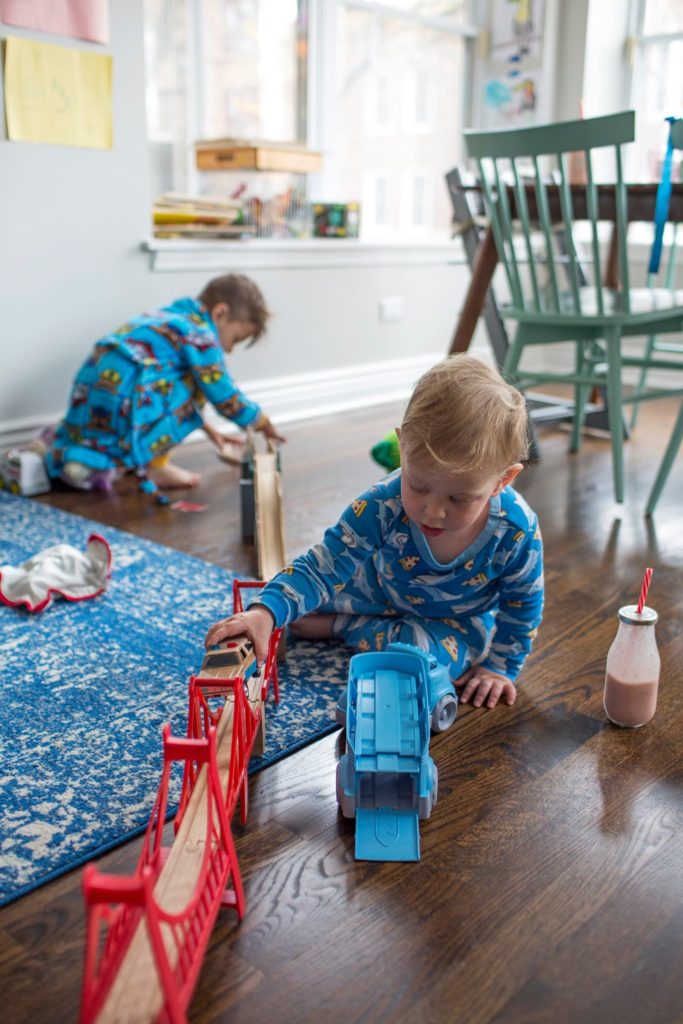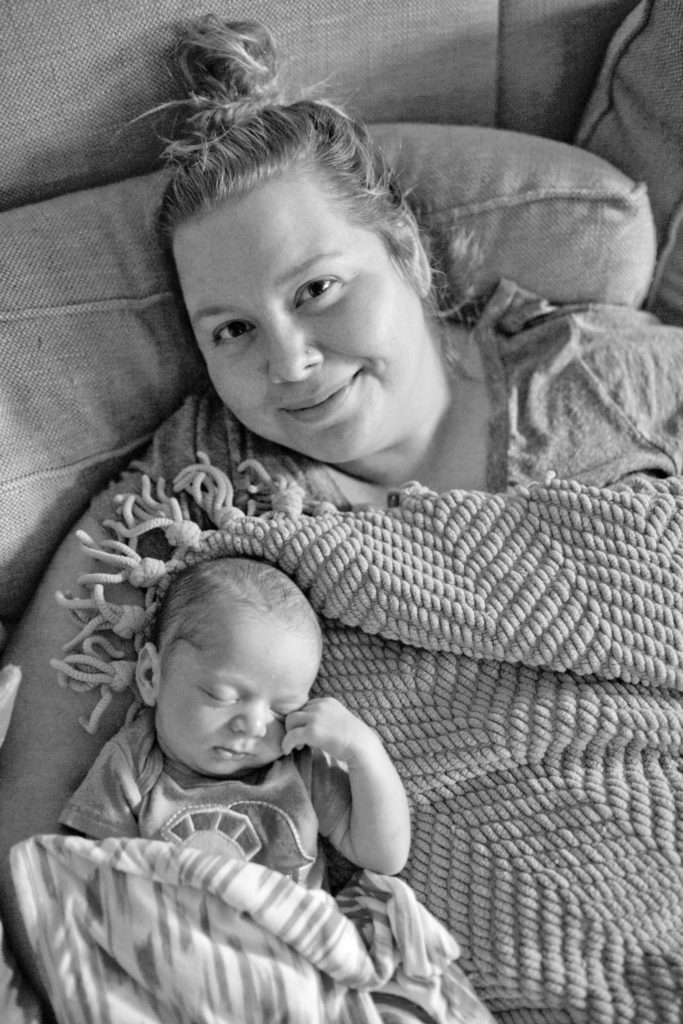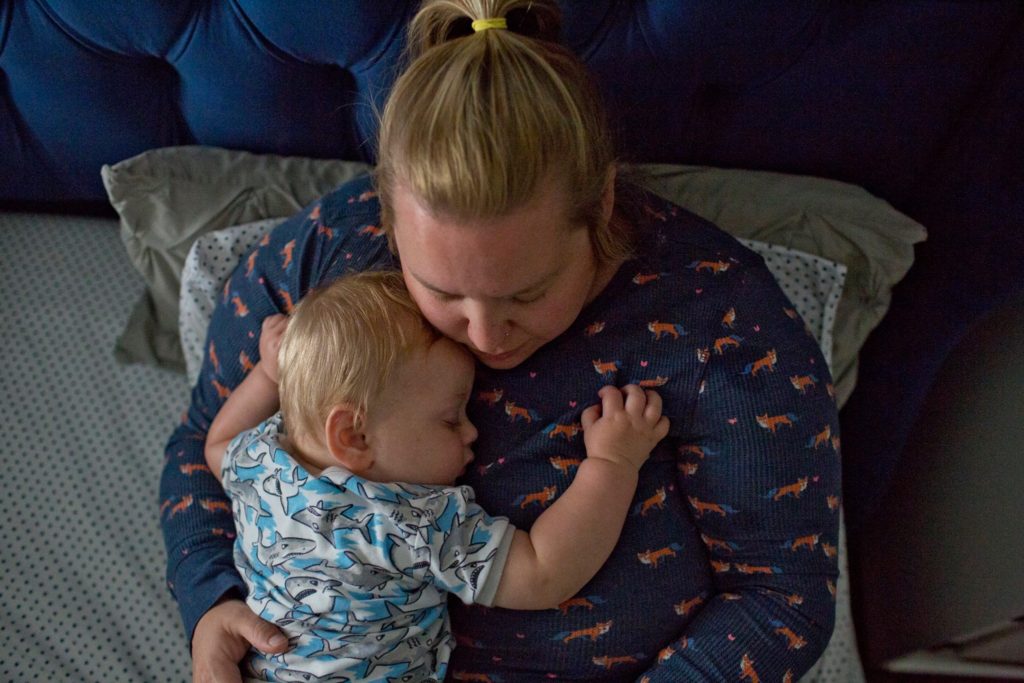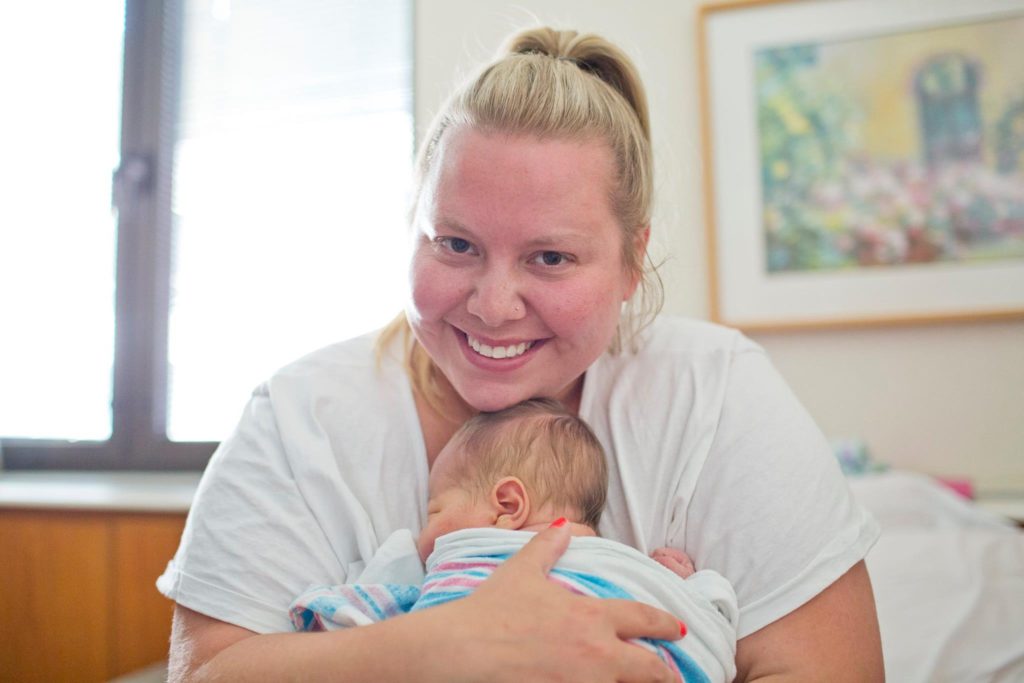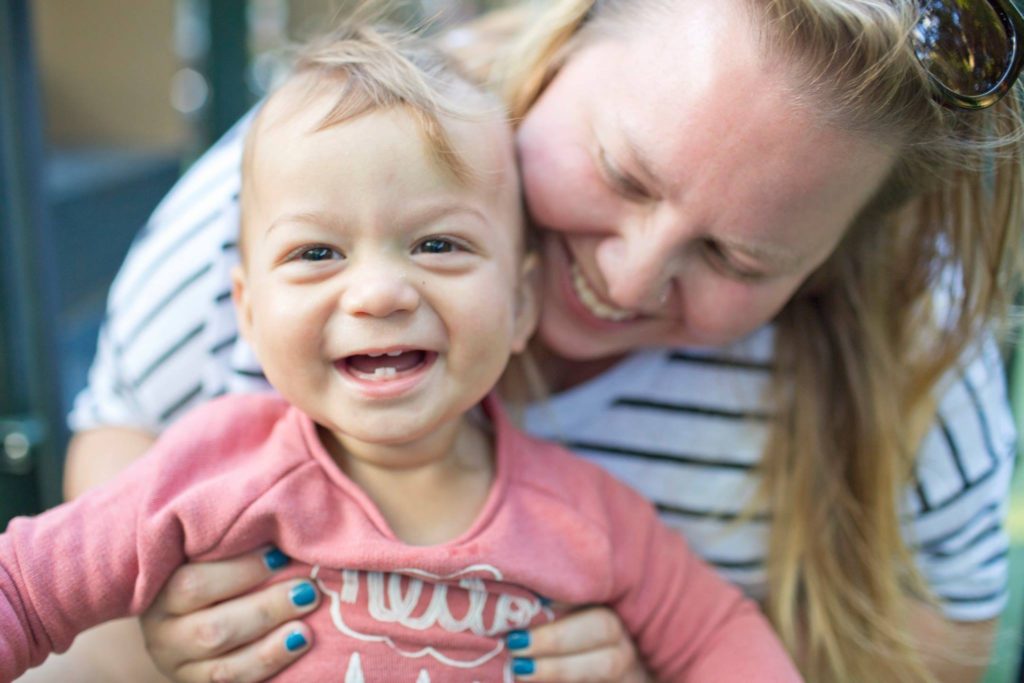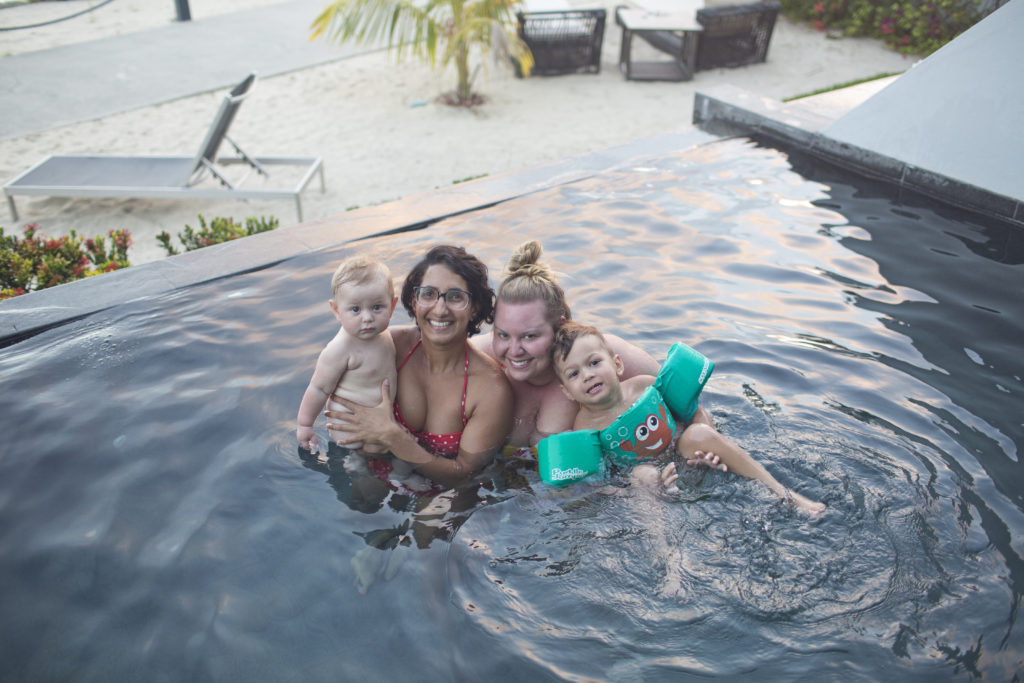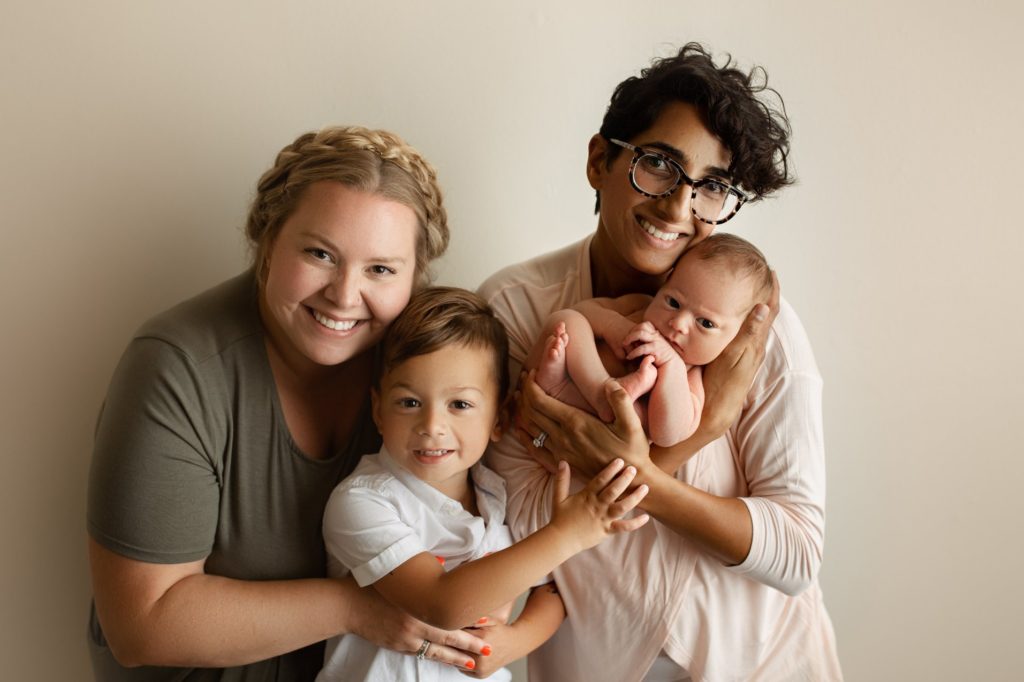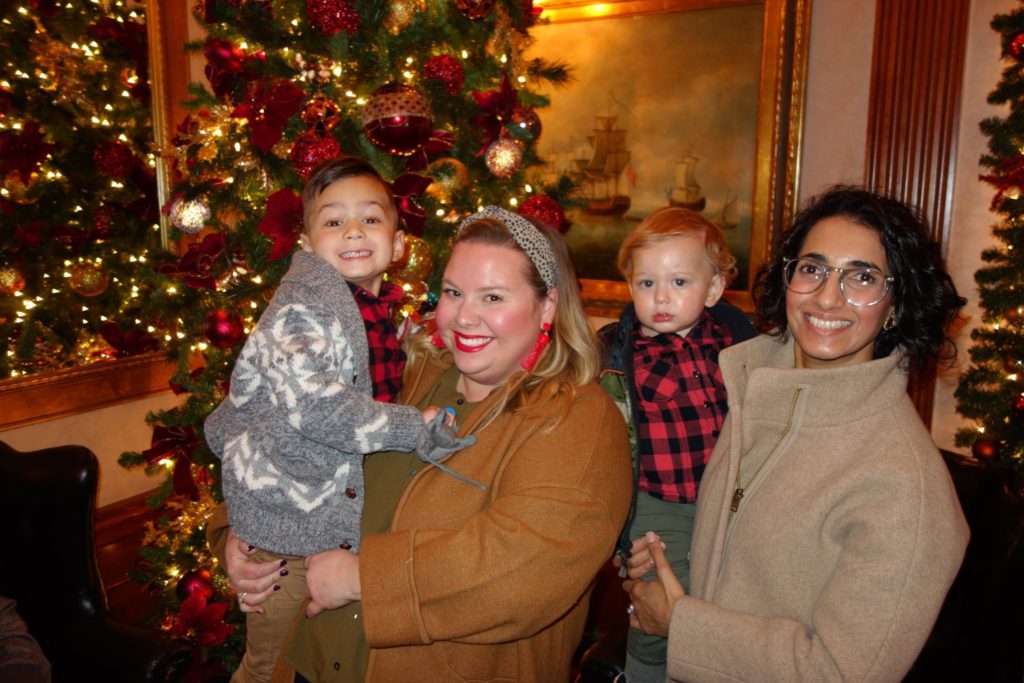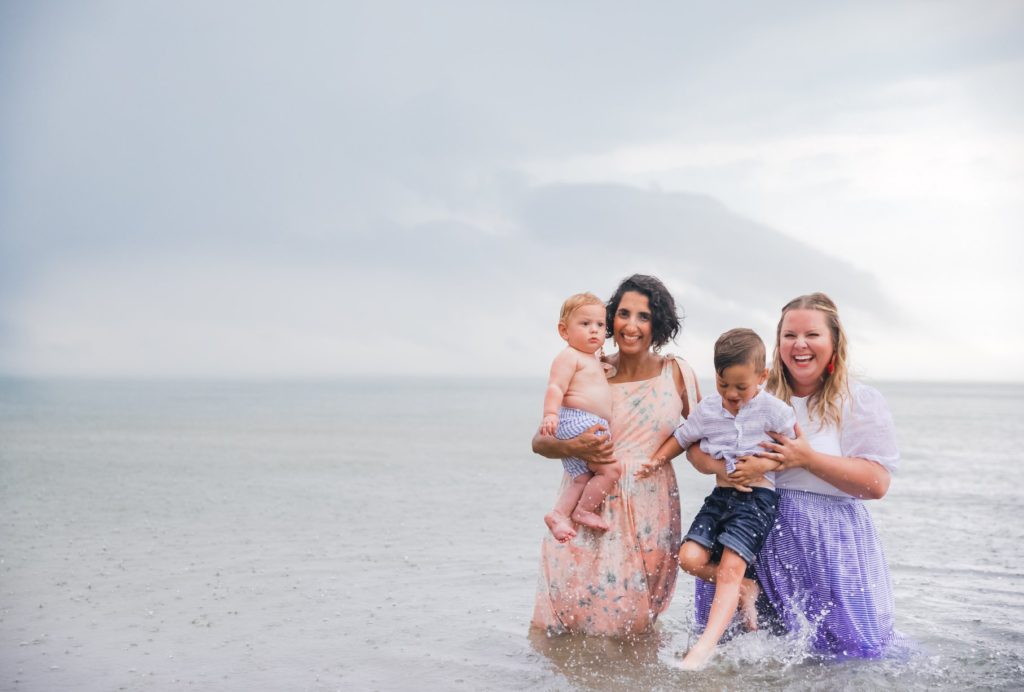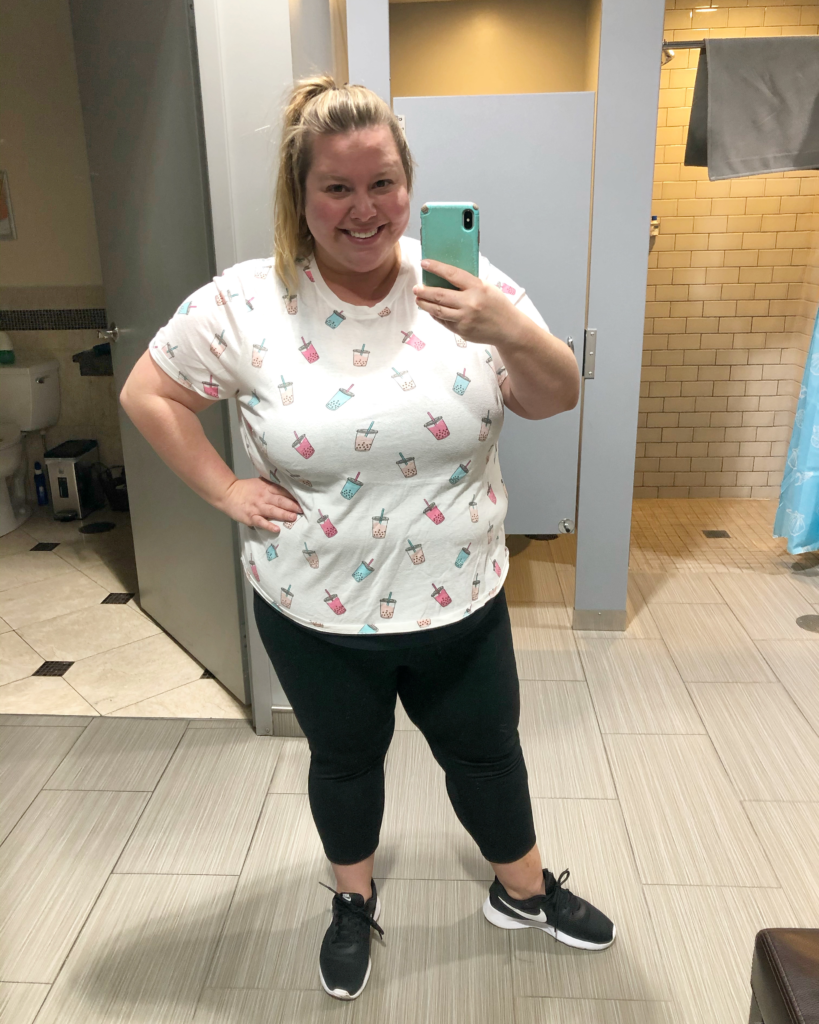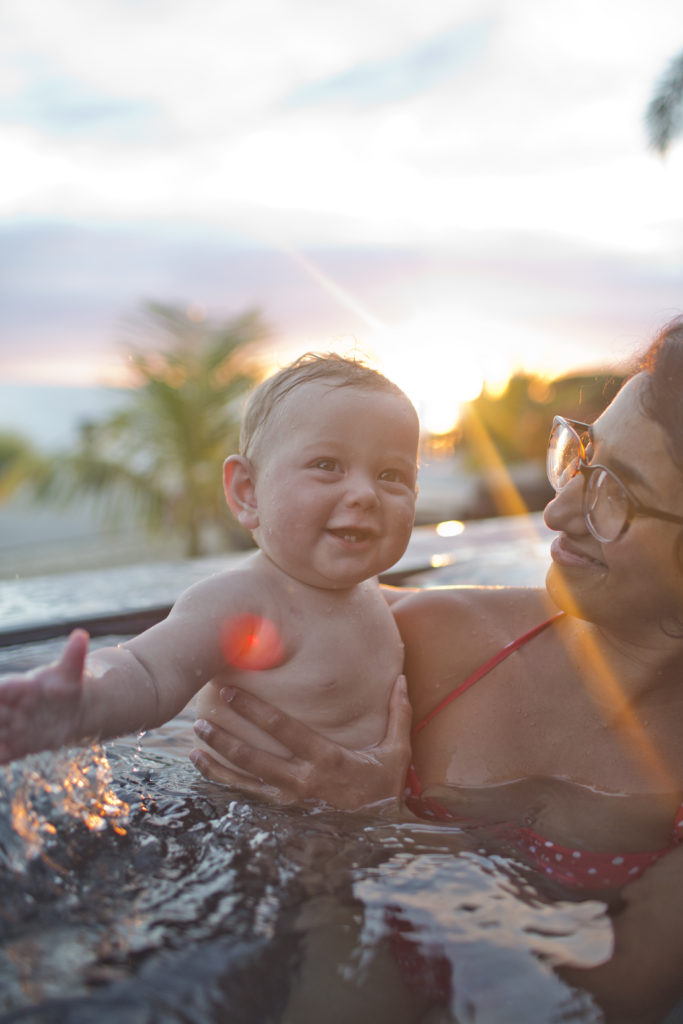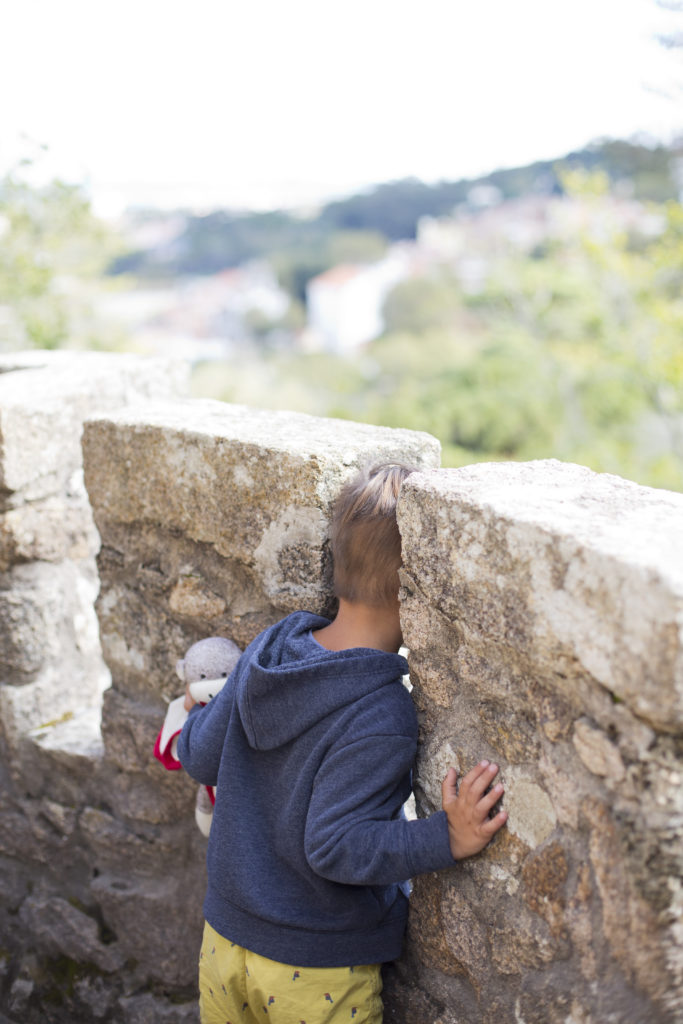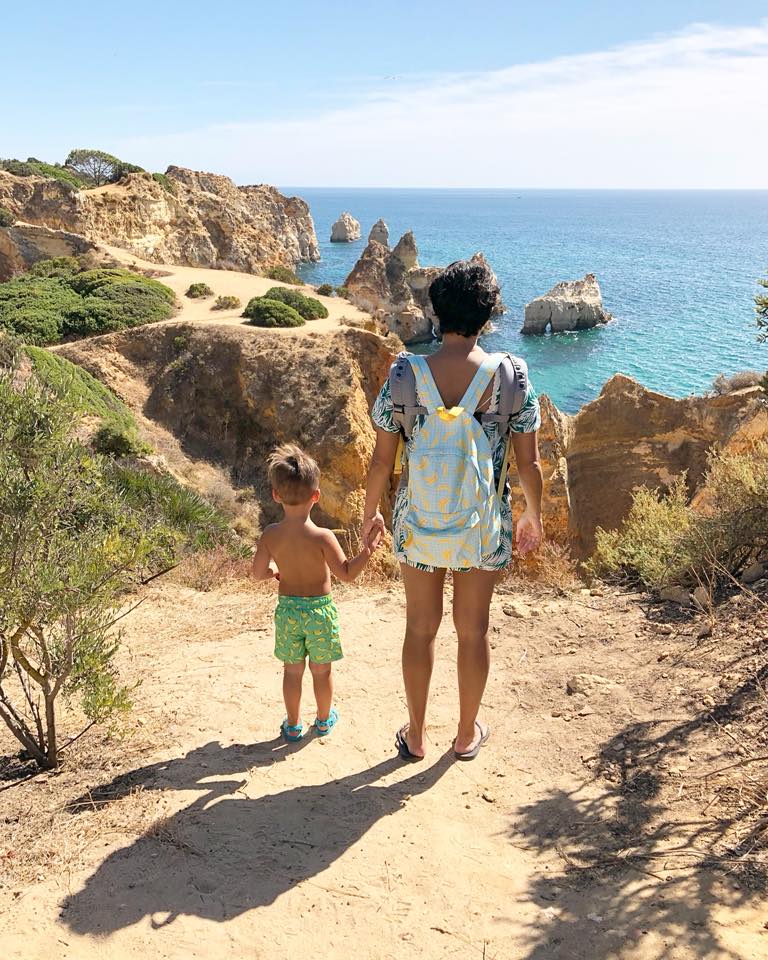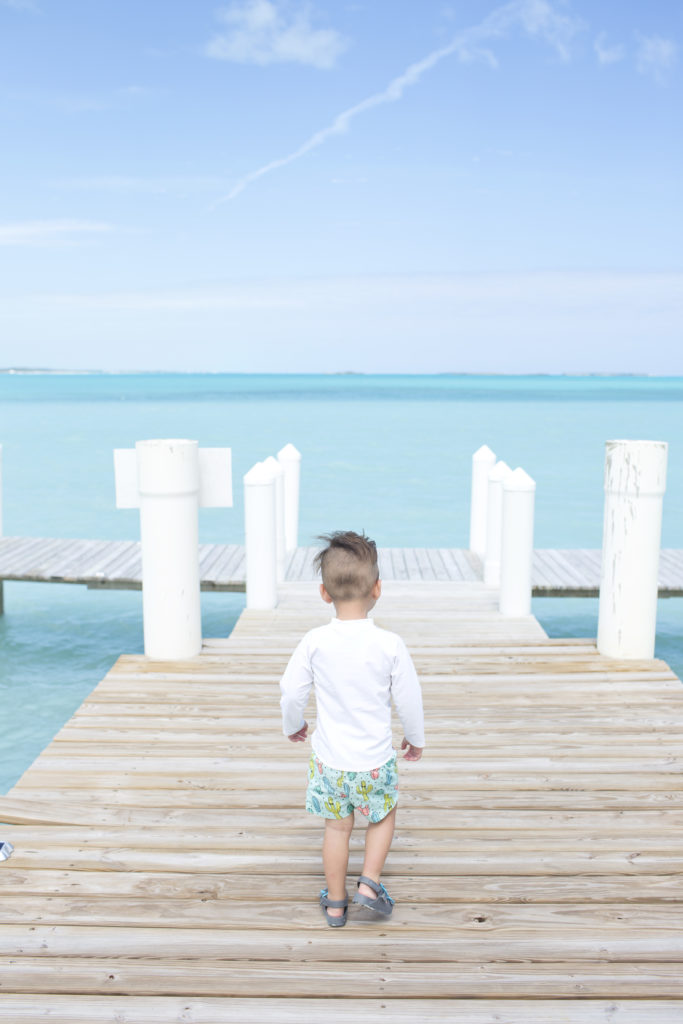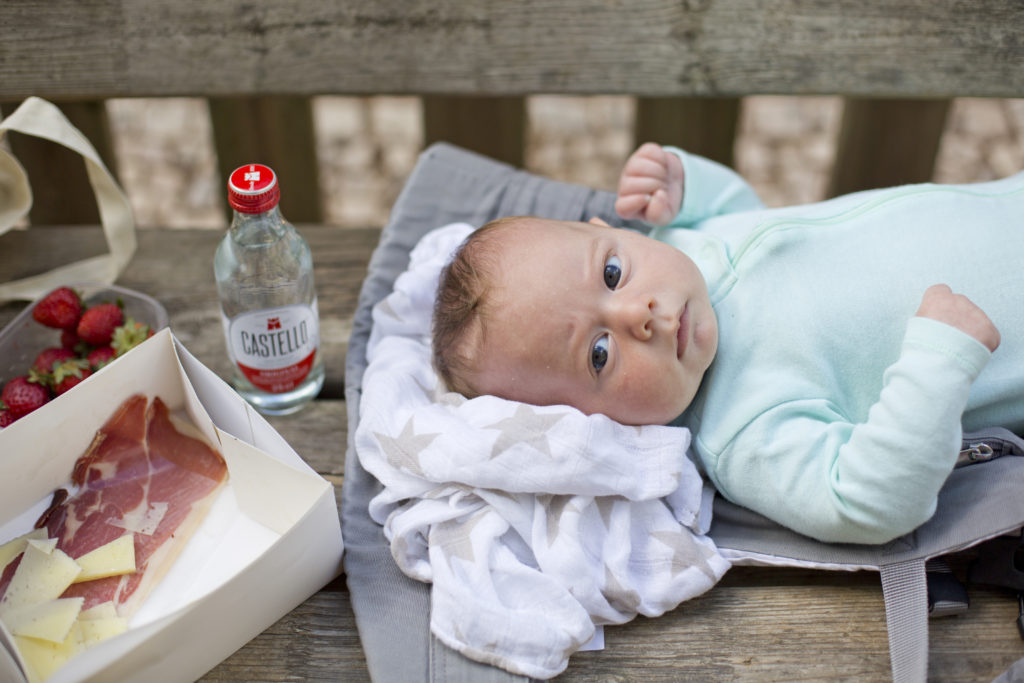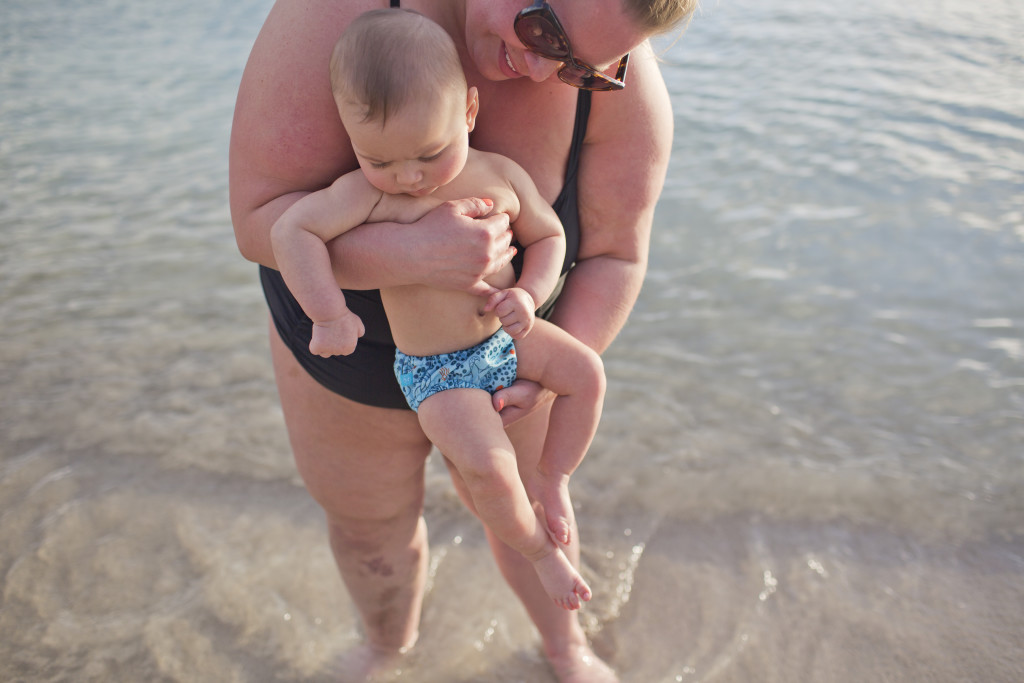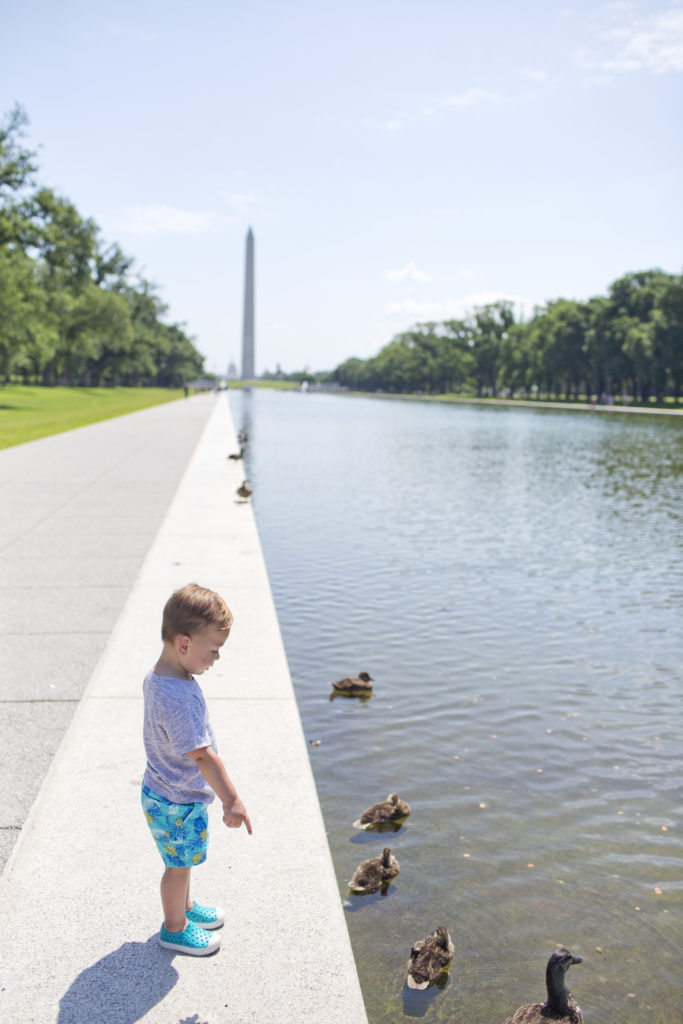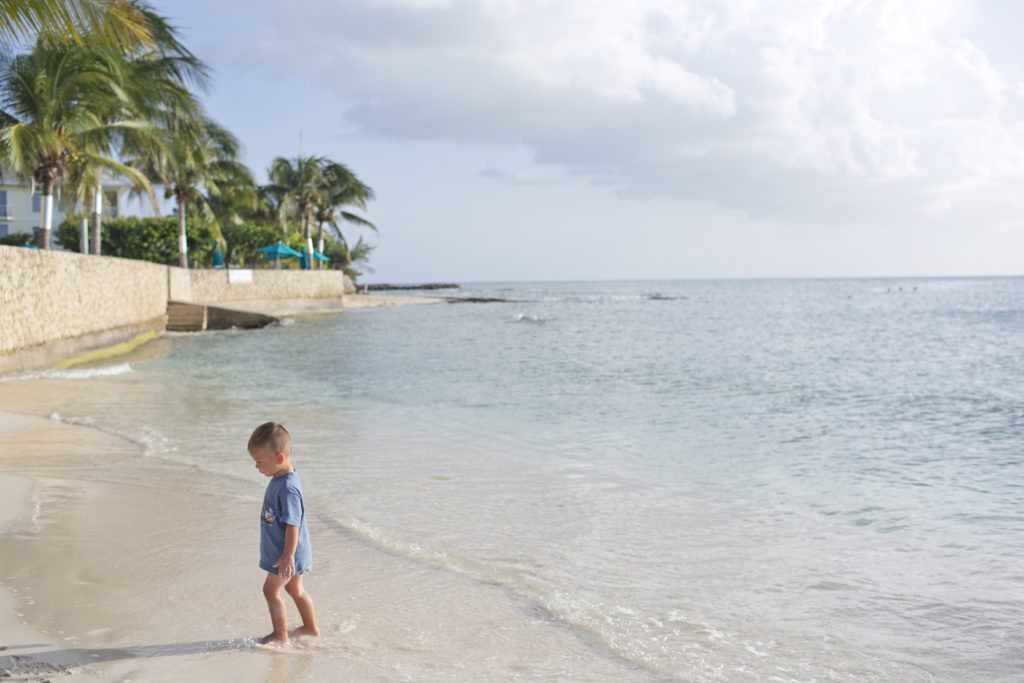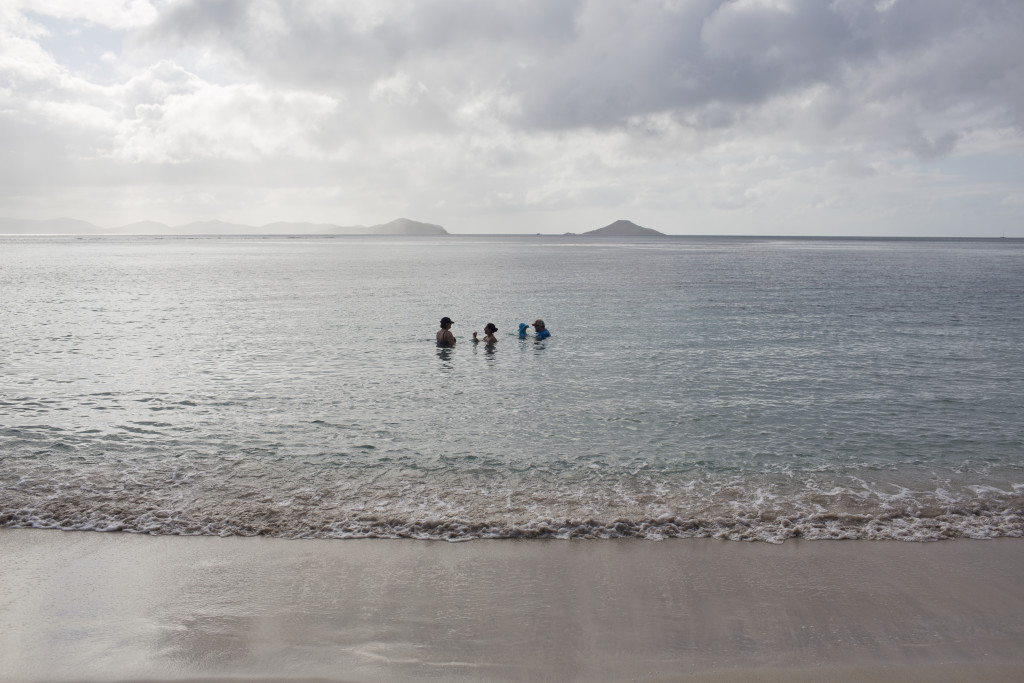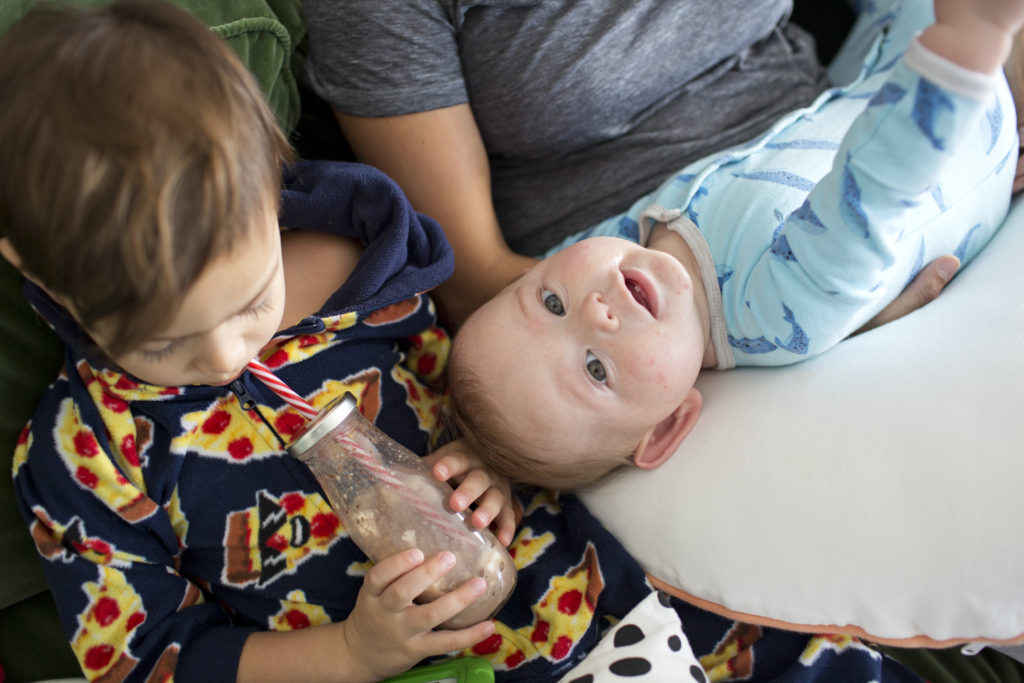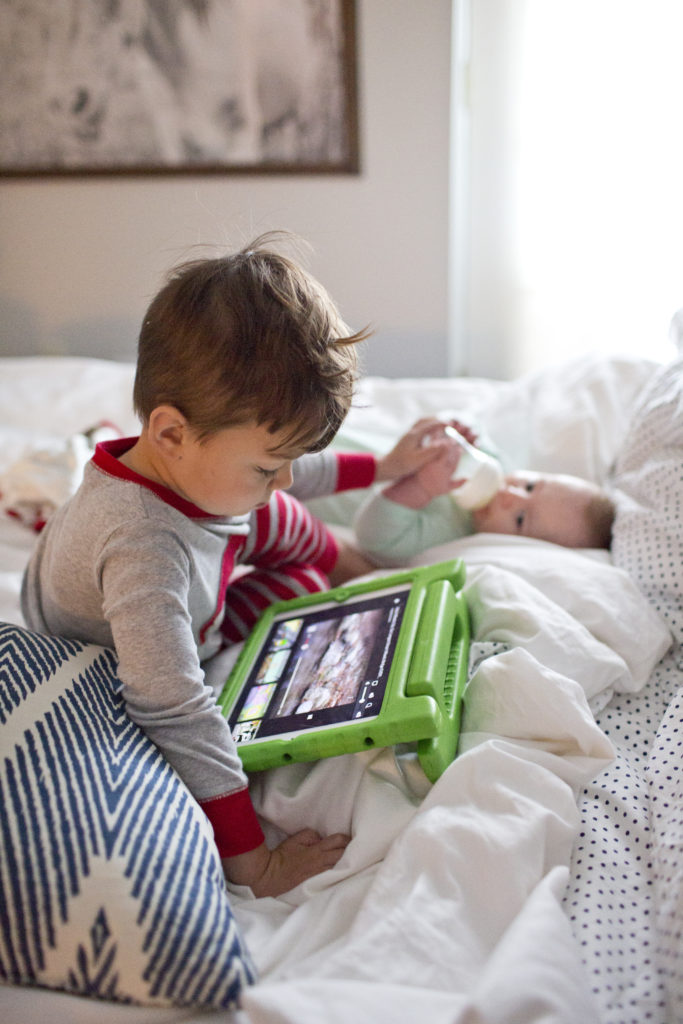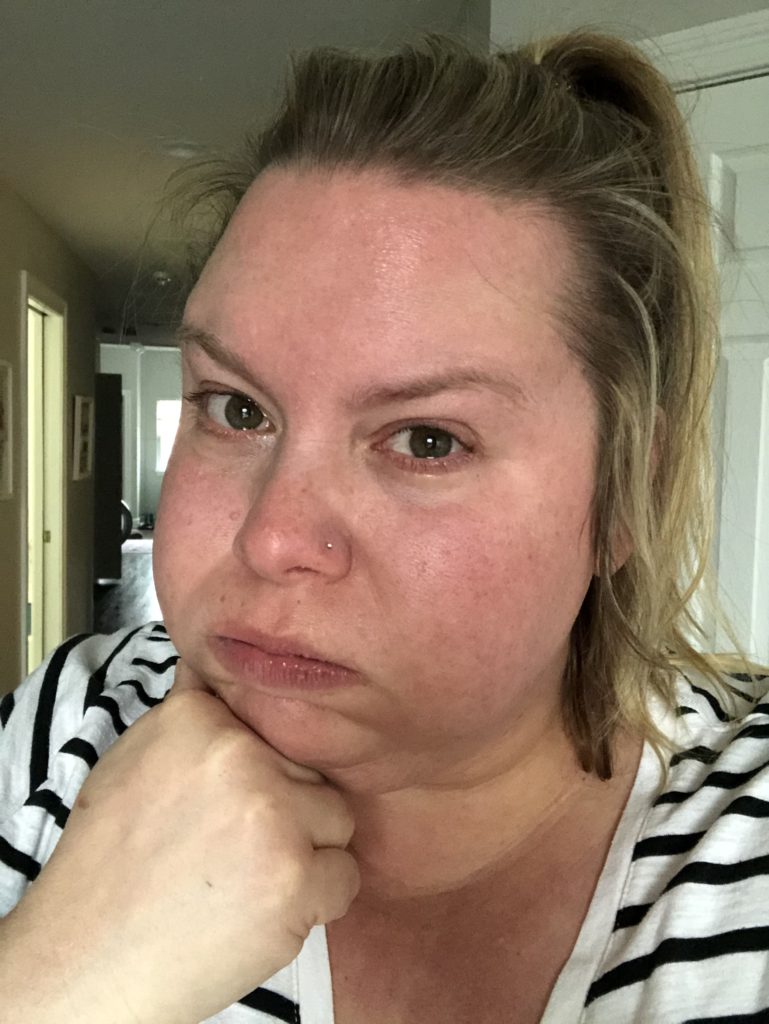
This is me on March 18, 2020. It was my first full day alone with the boys, at the beginning of Chicago’s lockdown, during the first day of what was supposed to have been my Spring Break, and on the first day of what I knew would be a many-week long stint of my being a daytime single mom to a one year old and a very needy four year old, all while trying to do my full-time teaching gig online, without having prepared to do so, which in and of itself felt like a Herculean task at the time.
I was struggling. I was waist-deep in the realization that this would be my reality for quite a while, and I’d hit an emotional wall. I was hiding in our stairwell, having a good cry, while Elias and Finn were fighting over a toy for the 37th time that day. It wasn’t even noon.
Fast forward to the end of May, to when another momma friend texted that the boys’ school was reopening in June, to when my semester was over and my responsibilities were becoming less burdensome by the minute. And want to guess my reaction upon receiving that text? More tears.
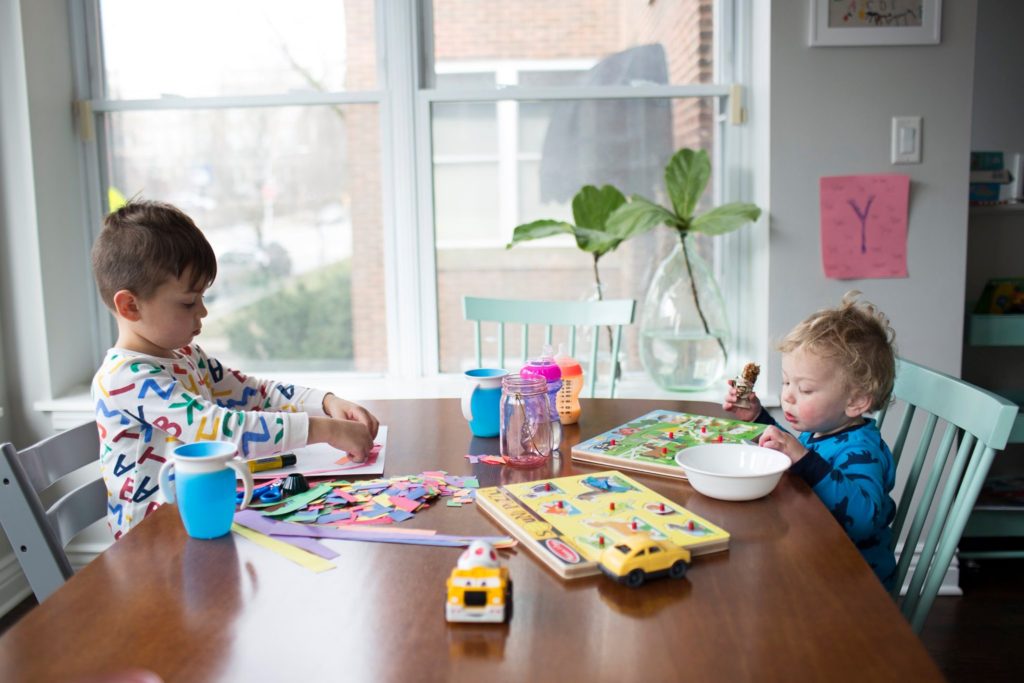
Looking back, now, I have to stop myself from romanticizing the 10 weeks I spent at home with the boys. March 18 wasn’t the only hard day I had. There were lots of days that ended in tears–mine and theirs. Lots of days when I would think, “Will this ever be over?” Lots of days when Sona would come home, exhausted from a long day of work, and I’d unload all of my resentment and frustration on her.
Some days, I gave up and let them have more screen time than I should probably admit. Others, I waffled between guilt over being a not-so-present momma to guilt over being a not-so-present professor.
But a lot of the days were pretty damn good. And, after a week or so of initial shock, the boys and I settled in to our own kind of quarantine routine that went something like this: wake up slowly; cuddle in bed for a bit; have (a previously frozen) breakfast; do “school,” which entailed some version of circle time, writing and reading activities, and music class; work through more Pinterest-inspired art projects than I could possibly name, always while listening to The Beatles; go for a long walk in the neighborhood, usually accompanied by hot chocolate or donuts (or both); take late naps; eat late dinners; have late bedtimes; go for “field trips” on Wednesday to explore some new corner of the city–all things typically accomplished while still in our PJs.
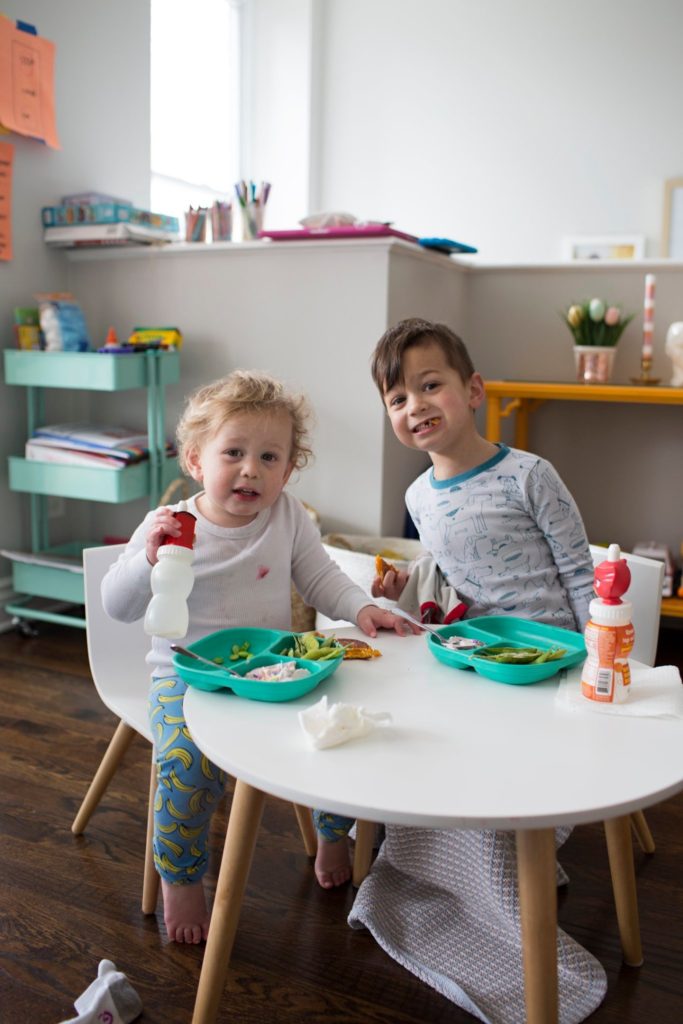
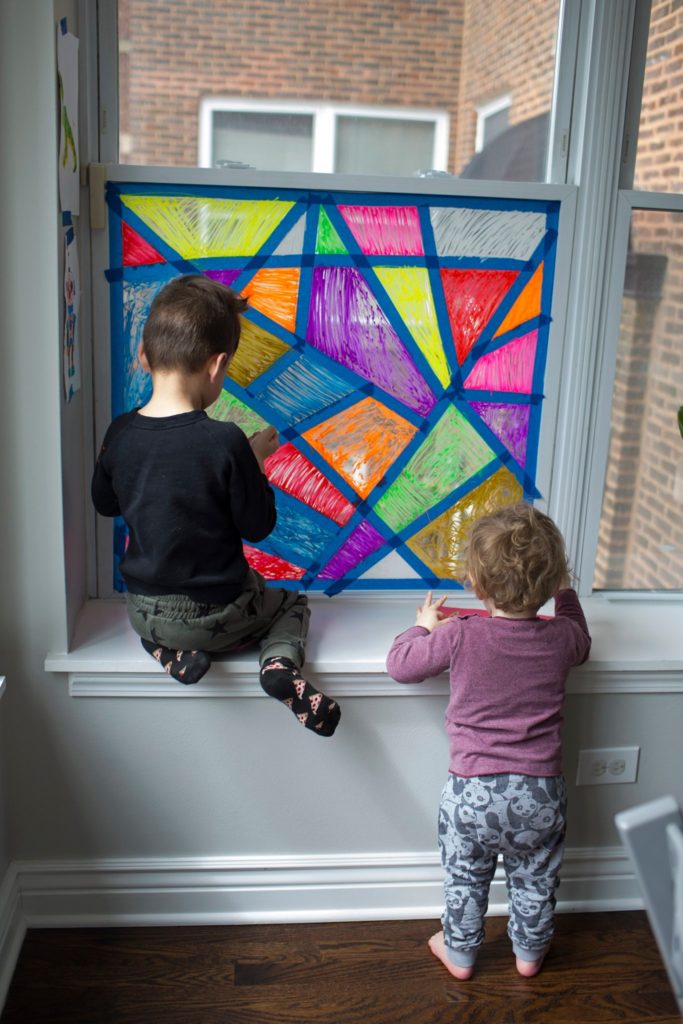
It goes without saying that our COVID-19 experience was more privileged than most. We were lucky not to have to worry about our jobs. I was lucky to only have to worry about how to entertain the kids.
And yet, despite being in the midst of a pandemic and finding myself in a parenting position that I bemoaned in my last post, I was happier and less anxious than I’ve been in a long, long time–and so were the boys.
What I came to recognize during quarantine was that, aside from our maternity leaves for each kid, I’d never had a chance to be such a fully present and focused parent to the boys. There’s always stuff. You know the kind: doctors appointments and work responsibilities and dryer vents needing cleaned and errands needing run and play dates and activities that you have FOMO about and weekends to be maxed out and weekdays evenings to be rushed through.
I’ve read before about the “burden of choice,” which is to say that the more options we have about how to fill our days, the more anxious and stressed we get about whether we can or should do it all. Lockdown took away all of the options. Everything in Chicago was closed, even playgrounds, and, for at least the first half of quarantine, it was really too cold to even regularly enjoy the outdoors.
So, my only choice was to stay home and be with our kids–something I resented at first but relished eventually.
My own anxiety all but disappeared. Of course, there were moments of stress here and there, but they were few and far between. I’ve waxed poetic, before, about the “baby bubble” new parents find themselves in after the birth of a child. I was in some sort of “COVID bubble,” mostly cut off from the world outside of train tracks and dance parties and bowls upon bowls of treats. Anxiety is worrying about all the things you have to do and all of the stuff that may happen. There really wasn’t anything we could do, and absolutely nothing was happening.
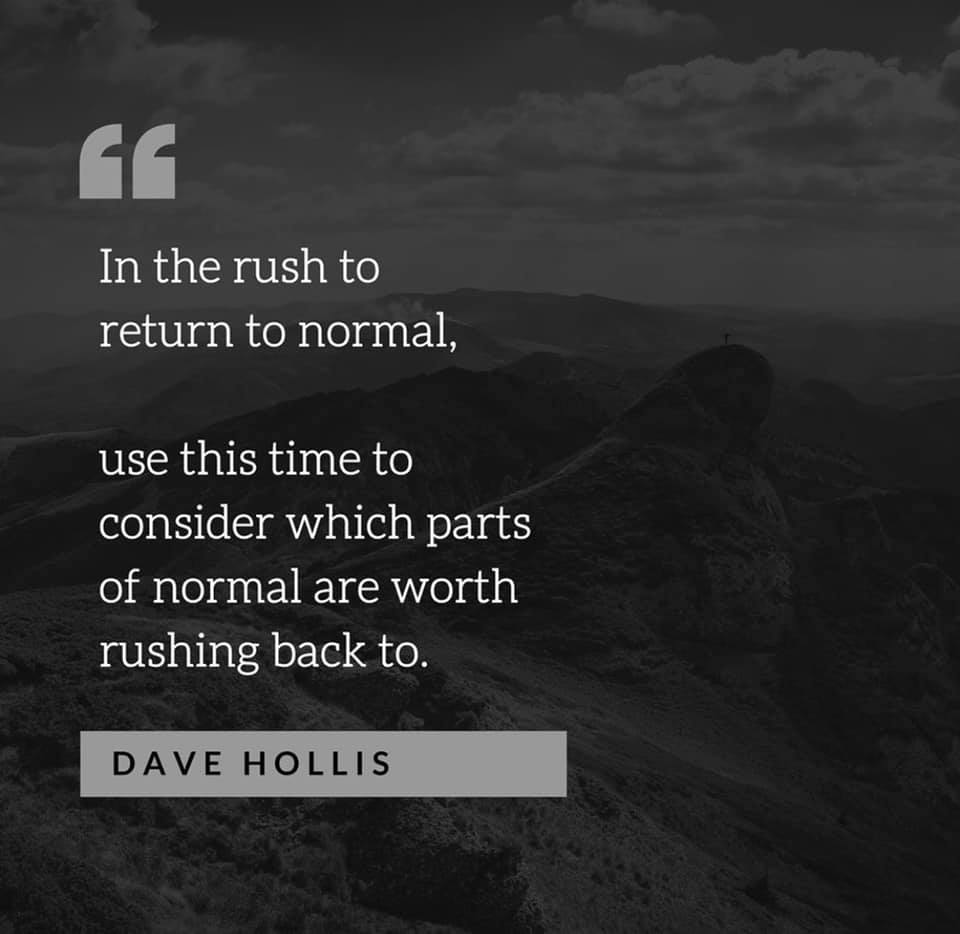
I was, as parents often are, having the completely paradoxical experience of both wanting “real life” to resume and wishing we could suspend our quarantined time just a bit longer.
What became very clear was this: the normalcy we thought we missed from before COVID-19 wasn’t in fact worth missing at all, at least not when it came to life as a working family.
If what we thought we’d been experiencing in the midst of the pandemic was dysfunction, then did that mean that what we experienced prior was functional? Because I don’t think it was.
I realize now, more than ever, that our lives before C19 were completely devoid of any kind of real work/life balance–and I think this is true for a lot of people, especially parents. I say this while knowing that we got a lot more meaningful time with our kids than a lot of people do. Still, it’s not enough.
About halfway through our time in lockdown, it occurred to me: I could do this. By “this,” I don’t mean living in an endless viral Hell-scape wherein I can’t come within 6′ of people I love. I mean taking a notable step back away from all of the stuff and a step toward the thing that matters to me the most: my sons.
I didn’t miss restaurants or going out. I didn’t miss getting dressed or wearing make-up or bras or waistbands. I didn’t miss playdates or obligations or the myriad activities I feel compelled to participate in. I didn’t miss work meetings or rigid deadlines or incessant emails or manicures. I didn’t miss forced social encounters or small talk.
It’s been two weeks since the boys have been back in school, and you know what I miss? My kids.
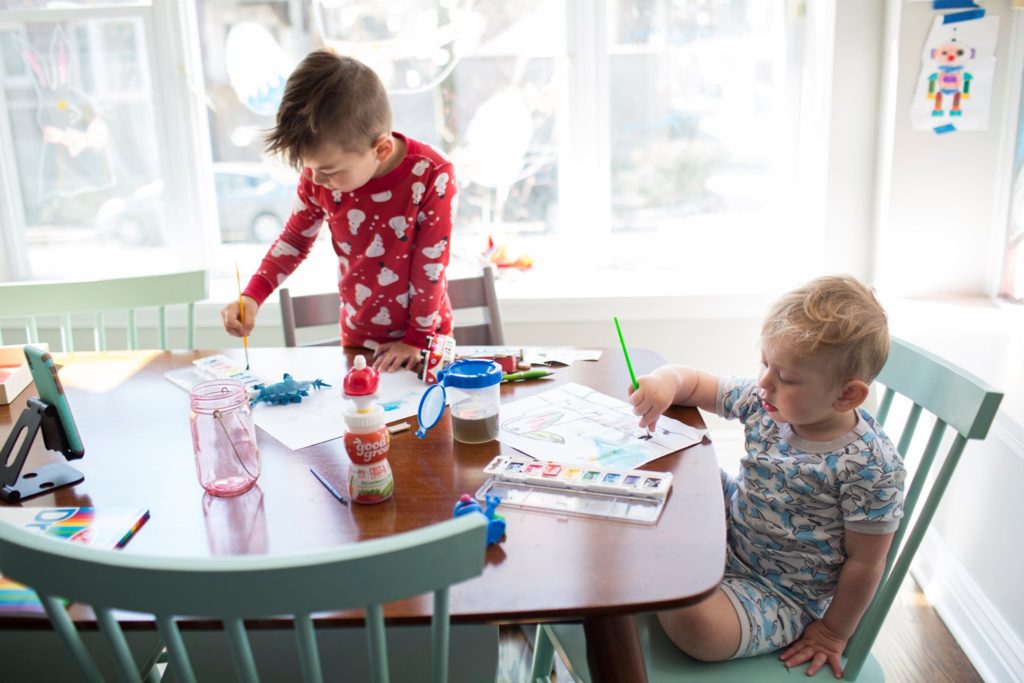
There are lots of reasons why it is good that our time at home has ended. This is what I tell myself, at least.
In the past few days alone, I’ve checked off a hundred items on my ever-growing to-do list. I’ve potty trained our new puppy. I’ve been a present and engaged professor to my summer students. I’ve attended meetings. I’ve conferenced with my editor about a new textbook, due in a few months. I’ve done page proof edits for another textbook, due next week. I’ve cooked meals. I’ve started an online training program. I’ve donated baby items. I’ve painted our doors the most brilliant shade of aqua. Hell, I’m writing this blog post–my first in months.
It’s good for the boys, too, to have a little more structure and a lot more social interaction. Finn starts kindergarten in 3 months–hopefully in person. Being by my side for weeks and weeks didn’t help his separation anxiety, and I’m hoping that we’re working through the ramifications of that now, back at his PreK, instead of in a few months, at his new school.
But now, having limitless alone time and freedom, I just catch myself filling it with tasks that, ultimately, aren’t as important as being with my kids. I’m wistful for our time together and worried that we may not get that kind of time together again.
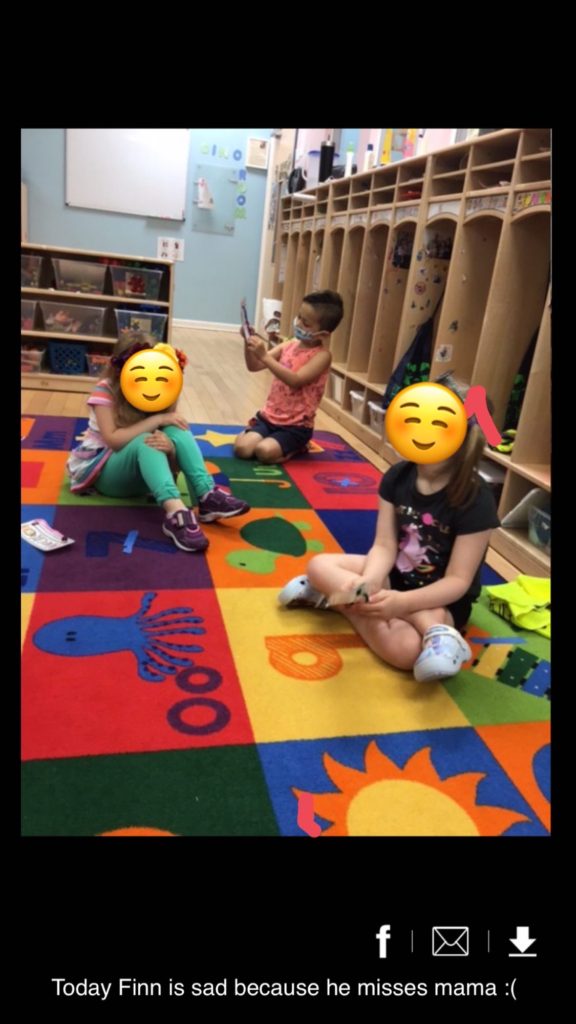
I drop them off in the mornings, and I feel guilty. So, I pick them up early pretty much every single day. I use the knowledge that they can go to school the next day as a crutch, which bolsters me during evenings when they won’t listen or are whining nonstop or when they are resisting bedtime.
I think to myself, “Thank goodness they can go to school. I need a break.” Then, they go to school, and I am filled with regret.
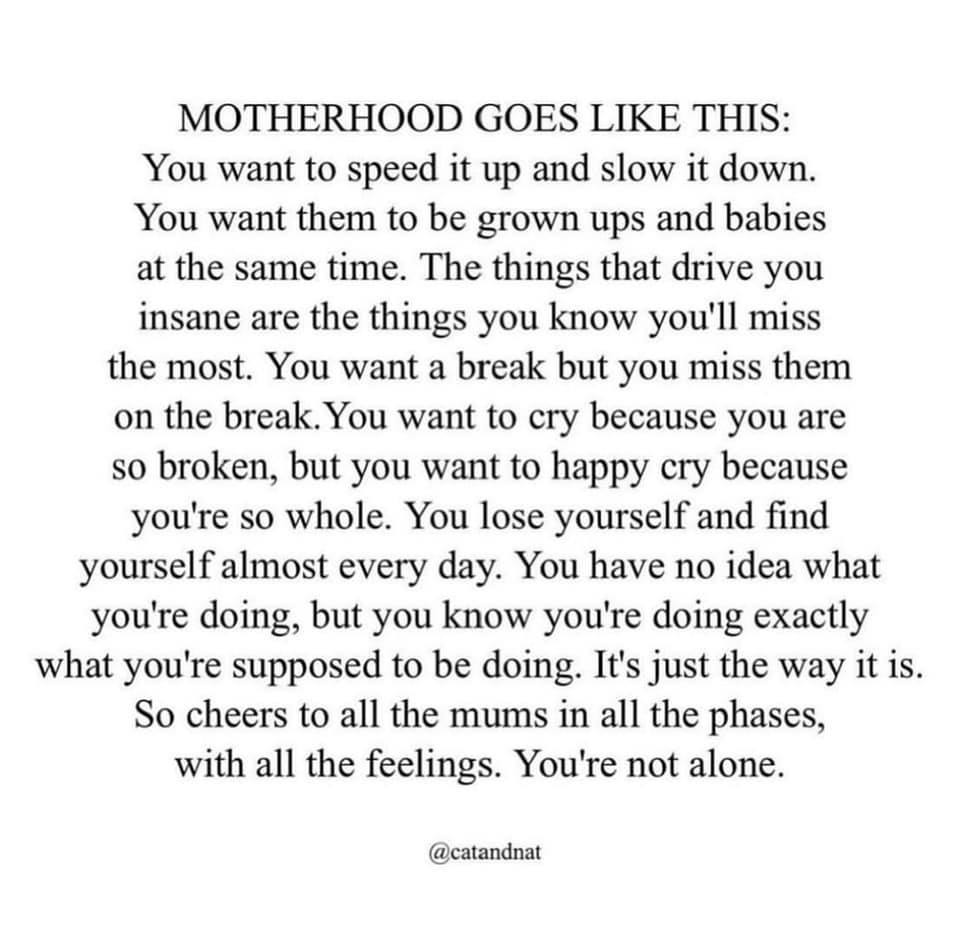
Mostly, I’m afraid of losing the clarity I had when we were all home together. One of my favorite writers, Tim Kreider, calls it the “God’s eye view”: the renewed perspective we get after a life-changing event. The clarity that comes in the midst of crisis.
But eventually, as he writes, “Time makes us all betray ourselves and get back to the busywork of living.” I can already feel that betrayal creeping in. I can feel the return to “normalcy” start to settle.
So, I write this in hopes that I remember. “I could do this,” I thought. I could step away from everything that clouds what is important. I don’t know what that looks like, exactly, but I know it is possible.
I could do this. And we still can.
